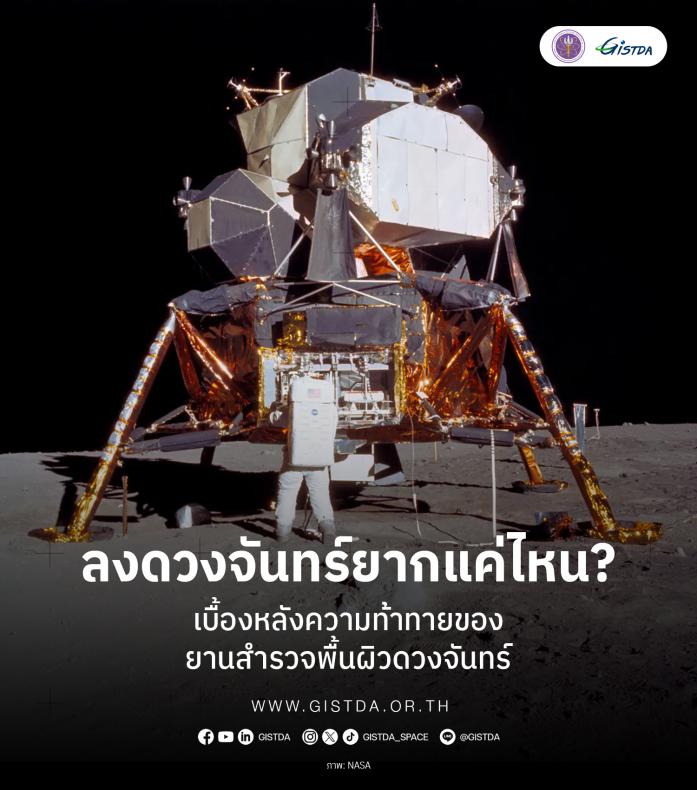Just two months into 2024, we witnessed JAXA's SLIM mission, as well as Intuitive Machines' IM-1, both successfully soft-landed on the Moon.
Moreover, 2024 will see China's Chang'e 6 and multiple spacecraft from private companies under NASA's supported Commercial Lunar Payload Services or CLPS program attempt a moon landing.
The rush of getting back to the Moon is due to the proximity distance between Earth and its only natural satellite of 380,000 kilometers, much closer than any interplanetary explorations. Landing on the Moon also doesn't require a heat shield to protect the spacecraft from scorching heat like during Earth reentry, which helps reduce the cost and mass of the vehicle.
Moreover, the Moon mission contributed massively to the knowledge gained for space exploration. It can be a strong foundation for designing more sophisticated spacecraft for more challenging missions, as well as the opportunity for all entities to take part in the new space economy. Significant events like the Moon landing will also inspire younger generations to further their exploration beyond the horizons.
However, Moon exploration is not an easy endeavor, despite having 12 astronauts from 6 different missions who went to the lunar surface and safely returned home. Every Moon landing is a risky task, as India's Chandrayaan-2, Israel's Beresheet, Japan's Hakuto-R, and Russia's Luna 25 experienced failure during their powered descent toward the surface. Even the SLIM and IM-1 missions that successfully soft-landed on the Moon also faced problems during landing, resulting in the spacecraft tipping over from its intended position.
The factor that makes Moon landing very challenging is due to its thin atmosphere, which eliminates the possibility of aerobraking using the atmosphere like on Earth or Mars. That is the reason why every spacecraft must attempt a landing with its engine slowing its rate of descent toward the surface, which means the burn time and fuel consumption rate must be very precise to make the landing successful.
Another factor is that the lunar surface is full of boulders and craters scattered across almost all regions, making a soft-landing attempt even more challenging. Neil Armstrong even has to take semi-manual control of Apollo 11's Lunar Lander to avoid landing in the dangerous region, resulting in approximately 50 seconds of fuel left before having to abort the mission.
Last but not least, GPS service is not yet available on the Moon, as such constellations of navigation satellites are not present around lunar orbit. This means that every landing mission must rely on onboard navigation and real-time image processing of the Moon's surface beneath the spacecraft.
Landing on the Moon is hard, but hard work is what leads us toward faraway stars. Imagine all the knowledge gained during the entire mission, engineering capability building, and the inspiration for many generations to come.
The Geo-Informatics and Space Technology Development Agency or GISTDA, is part of the Thai Space Consortium which intended to design, develop, and launch a satellite from the work and collaboration of Thai engineers. With the TSC-2 planned to be launched into lunar orbit as soon as 2027, GISTDA will be responsible for the development of the satellite bus system, assembly, integration, and testing.
